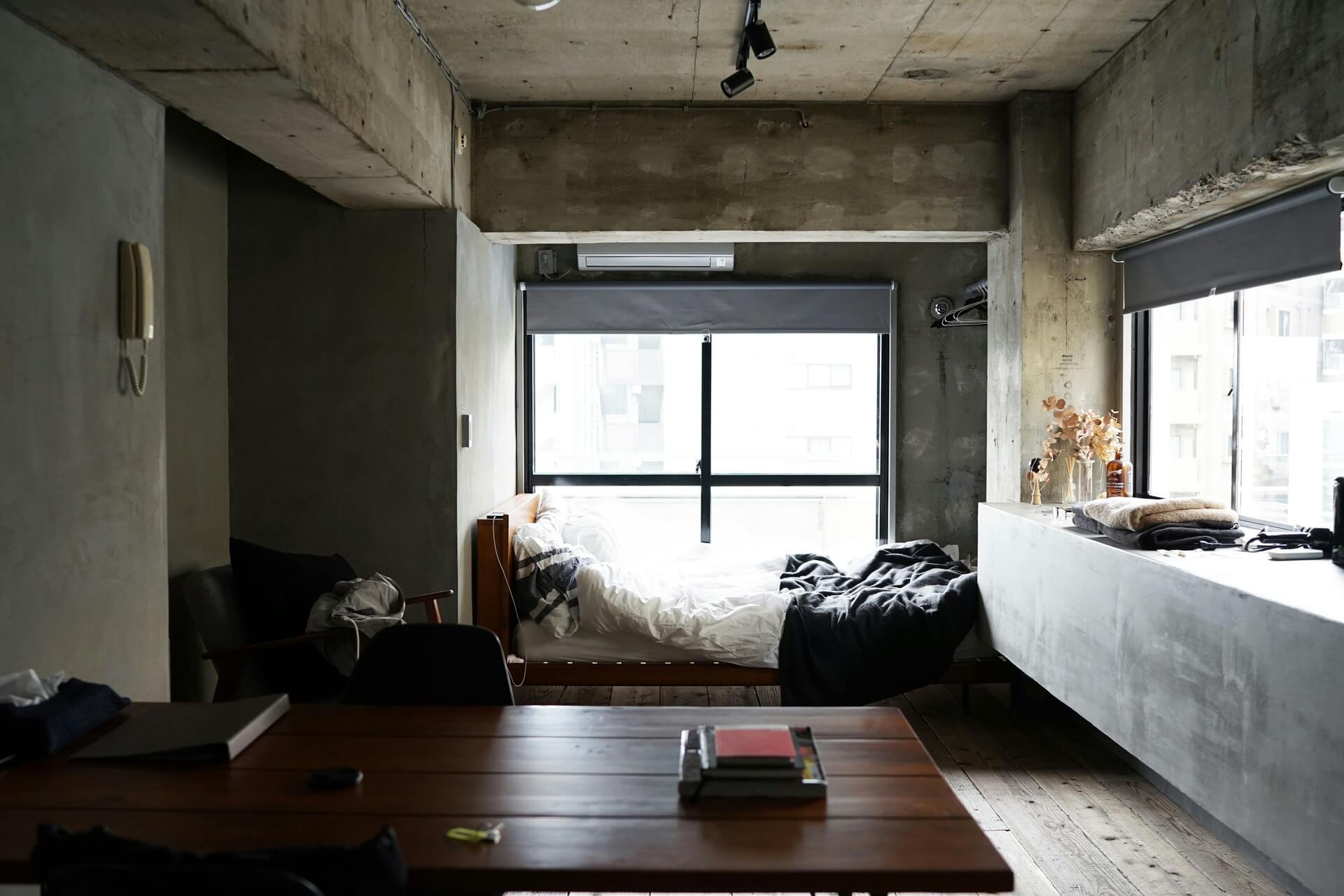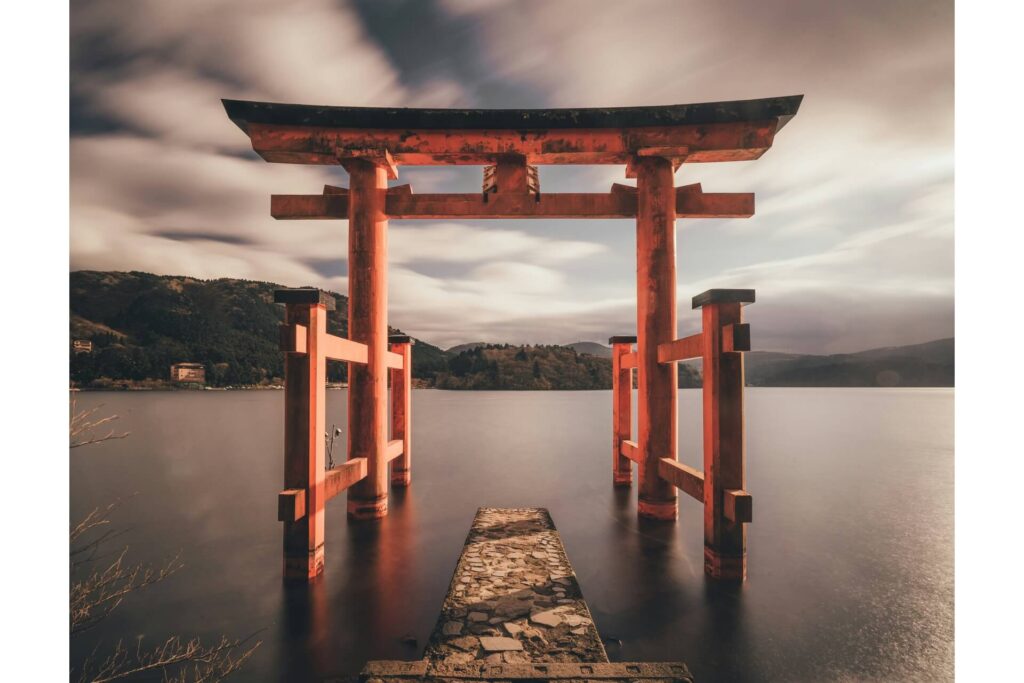Mottainai: How to Implement the Japanese Decluttering Method in Your Home

We are reader-supported. When you buy through links on our site, we may earn an affiliate commission.
The world turns to Japan to learn how to tidy up, and rightly so. Buddhism and Shintoism have embedded various philosophies emphasizing organization and conservation in the Japanese culture. An example is “wabi-sabi” — “less is more” and “attentive melancholy” — promoting the idea of finding beauty in imperfection, incompletion and impermanence. The Zen influence on this Asian society has shaped modern Japanese decluttering techniques, explaining why many Tokyo apartments look orderly despite being filled to the gills.
There’s another tidying-up Japanese concept worth embracing — “mottainai.” Thanks to the sustainability and minimalism movements, this ancient philosophy is enjoying a resurgence in the Land of the Rising Sun and a growing popularity overseas.
What Is the Meaning of Mottainai in English?
In modern usage, the Japanese phrase mottainai means “what a waste,” “too good to waste” or “don’t be wasteful,” expressing a sense of regret over wasting something.
Mottainai comes from the Buddhist terms “mottai” and “nai,” meaning “undue importance” and “nothing.” Therefore, mottainai in English roughly translates to “without importance.”
Considering that mottainai denotes regret over waste, this translation can sound contradictory. However, it suggests that one doesn’t exist without another, aligning with the Buddhist belief that everything in the world is interconnected and interdependent.
The 4 R’s of the Japanese Philosophy Mottainai
In practice, you can sum up the mottainai philosophy into four r’s — reduce, reuse, recycle and respect.
- Reduce: Needlessly consuming depletes precious, finite resources more quickly.
- Reuse: Keeping an item in circulation for as long as possible maximizes its value.
- Recycle: Converting waste into something useful gives it a new lease on life.
- Respect: Discarding items in good condition or throwing away broken objects without due regard is sacrilegious.

If the fourth r sounds weird, you may be unfamiliar with Shintoism, an animistic religious indigenous to Japan. Shinto followers believe that all things — including nonliving objects — have “kami” or sacred spirits deserving reverence.
Mottainai Examples

Mottainai applies to every decision you make. Concerning consumption and decluttering, good mottainai examples include:
- Choosing reusable items instead of disposable ones to avoid having to throw anything.
- Stopping yourself from buying new clothes when you hardly wear most of your wardrobe’s contents.
- Being mindful of food items’ expiration dates to reduce food waste and get your money’s worth.
- Donating or selling unwanted goods so they end up to the people who need them more.
- Segregating garbage properly to ensure recyclables get new leases on life.
5 Tips for Adopting This Japanese Decluttering Philosophy
Believing inanimate objects have intrinsic value worthy of respect can rewire your brain, view your possessions in a new light and embrace the tenets of sustainability more effectively. Apply mottainai to your next home decluttering project with these five tips.
1. Think of Each Item’s Origin
All material things come from nature — including synthetic goods. This fact is easy to forget because most clutter you encounter at home is a finished product. Mentally deconstructing items can give you a sense of perspective, allowing you to appreciate how something comes about and guide you in deciding what to do with it.
For example, your leather jacket’s material came from a large animal, which might have been reared or hunted for its hide. Turning rawhide into leather can involve dozens of steps refined over the millennia.
In other words, your garment is a product of a living creature’s life and thousands of years of successful technology transfer from one generation of leathersmiths to another. Mindlessly discarding your leather jacket would be disrespectful to the animal that had to die to make it and to the effort and good fortune of all the people in history who made leatherworking possible today.
2. Find Meaning in Every Object
Imbuing your valuables with meaning is a psychological trick to discourage you from tossing items thoughtlessly. It can also convince you to contemplate every purchase decision, helping you obtain only the things you truly need.
This exercise doesn’t necessarily require imagination. Just think of how an item made you feel when you got it or recall a memory you associate with it. Ridding your home of it can make you forget the part of your life it represents.

This Japanese decluttering method encourages you to be sentimental. This way, you can surround yourself with meaningful belongings and reinforce your connection with your space.
3. Figure out the Best Ways to Reuse Everything
Mottainai is a philosophy of circularity. It preaches that tossing out anything of value is wasteful and unacceptable.
Fortunately, there are better ways to discard clutter casually. The most obvious is repeatedly using an item for its intended purpose. If broken, repair and restore it to its usable state or repurpose it for new use.
If you no longer need a structurally sound or functional item, let others who can benefit more from its value have it. If you can’t fix a damaged item, donate or sell it to a person or business that can refurbish, remanufacture or recycle it.
4. Thank or Apologize to the Things You Must Discard
Say a message to anything you part ways with. Express gratitude for satisfying your needs and improving your life or regret for failing to maximize its value.
This activity is beneficial for preventing food waste. Bidding farewell to clutter can be exhausting, but you’ll get the hang of it. As you get better at curbing your unnecessary consumption and controlling waste, you shouldn’t have to do it as often.
5. Displaying or Storing What You Keep Properly
Everything you choose to keep should be visible or easily accessible. Out of sight is out of mind, so organize your remaining belongings with rhyme or reason to avoid forgetting about them.
Waste No Time to Embrace Mottainai
Implementing this Japanese decluttering method is, by design, an emotional roller coaster. It teaches you not to feel indifferent to your possessions, inspiring you to accumulate with intentionality and live in a meaningful home.







